How to Pick the Best Live Plants for a Bioactive Terrarium
December 28, 2020

Table Of Contents
- Guide Through Bioactive Terrarium Plants
- How To Choose The Best Plants For Your Terrarium
- Live Plants For a Ball Python Enclosure
- Live Plants For a Crested Gecko Enclosure
- Live Plants For a Bearded Dragon Enclosure
- Live Plants For a Veiled Chameleon Enclosure
- Live Plants For a Corn Snake Enclosure
A Guide Through Bioactive Terrarium Plants
Choosing the right plants for your reptile’s enclosure can be a bit of a challenge. After all, they will need to look nice, be non-toxic, and survive the conditions in your reptile’s tank. Since the goal of creating a bioactive enclosure is to mimic your reptile's natural environment, it should be safe for you to go with plants that would naturally be found around your reptile in the wild. I have put together this article to help make choosing the right plants for your terrarium a little easier. I have also included a list of common pet reptiles, along with what plants would do best in their enclosures.
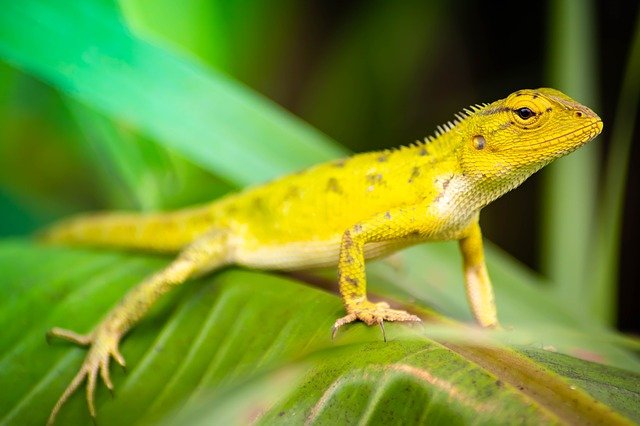
Why Use Live Plants?
There are many great benefits that come from adding live plants to your reptile’s enclosure. A benefit to you, would be the ability to watch your reptile interact with a bioactive and “natural” environment. Here are a few benefits of live plants for your reptile:
- Supplies your reptile with security
- Can provide a herbivore with food
- Encourages enrichment
- Can increase activity levels
- Plants are known to clean the air
- They look aesthetically pleasing
How to Choose the Best Plants for Your Terrarium
Bringing life into your enclosure by decorating it with plants can be exciting, but there are some things to consider before going out and purchasing any. Here are a few things to keep in mind when deciding on what plant is best for your particular reptile:
Toxicity — Double check and make sure that the plant you have picked out is not toxic to your reptile! Even if your reptile is a carnivore, and won't be eating the plant, it is still a good idea to check if the plant could be harmful to them, since they will be sharing the same space.
Lighting — It is important to take into account what type of lighting is in your enclosure. Some plants cannot handle the harsh light and heat that is put off by many reptile light bulbs. Another thing — if you’re not already offering your reptile UVB (You can read all about the benefits of UVB here) you will need to. Not only are there many benefits for your reptile, but plants need UVB to survive!
Climate — Some plants do best in dry, desert-like environments, and others do better in wet, jungle-like environments. Be sure to research what plants do best in your reptile’s environment before purchasing any, or your plants may die.
Resilience — Some reptiles are known to be a little rougher with their plants than others. Ball pythons, for example, are heavy bodied snakes that will crush plants when trying to climb on them, and therefore are better suited with low lying plants such as pothos. Other reptiles may eat or dig up the plants in their enclosure.
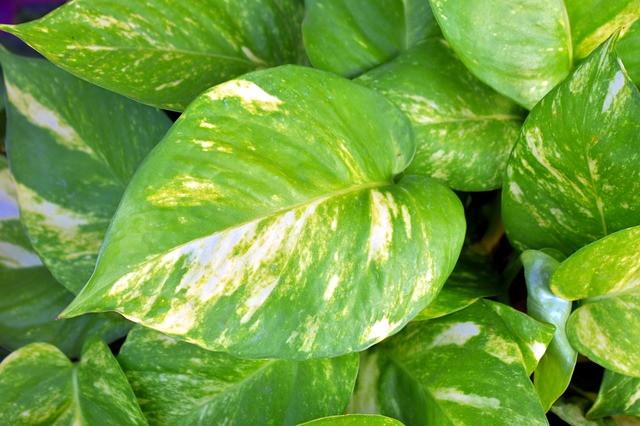
Narrowing Down the Perfect Plants for Your Reptile
Now that you understand the basics why live plants are essential to your bioactive terrarium, and how to choose the right plants, it's time to get into what plants would be perfect for your reptile. I have some examples listed below, but these are by no means the only plants you can use. Make sure to look up the toxicity and requirements of any other plants that you have in mind that are not already listed under your reptile.
Live Plants For A Ball Python Enclosure
Ball pythons require a high humidity (ranging between 50-70%) and therefore any plants placed into their enclosures will have to be able to withstand this humidity. Ball pythons are heavy bodied snakes that love to climb. This can be a disaster for most plants, as ball pythons will crush and break them. This doesn’t mean that you cannot have live plants in your ball python’s enclosure though! There are many live plants that can withstand the beating that a ball python will give them.
- Pothos
- Ferns
- Wandering jew
- Dracaenas
Live Plants For A Crested Gecko Enclosure
Crested geckos are a species of lizard that naturally live in sub tropical environments. In order to help recreate this natural environment for them in captivity, you will need to supply them with plants that can handle moderate humidity. Crested geckos are avid climbers and would benefit from the opportunity to climb live plants. Here's a list of live plants that are safe for crested geckos.
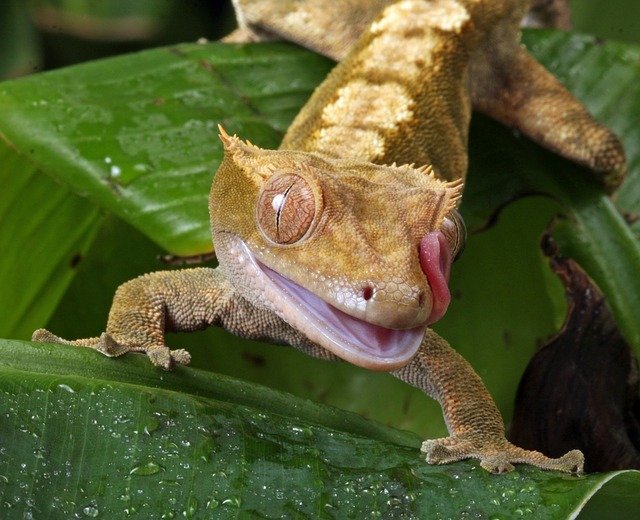
- Mother-in-law’s tongue
- Umbrella tree
- Pothos
- Wandering jew
- Bromeliads
Live Plants For A Bearded Dragon Enclosure
Bearded dragons are large lizards that come from arid environments. The plants in their enclosure need to be able to withstand a hot and dry environment. Bearded dragons also love to dig. A good way to prevent them from digging up their plants is to plant them in a pot, and then put them into the substrate. Succulents are beautiful plants that do best in hot, dry environments, and therefore would be the perfect live plants perfect for your bearded dragon’s enclosure. Bearded dragons are omnivores, so it is a good idea to plant some plants that they would enjoy snacking on as well.
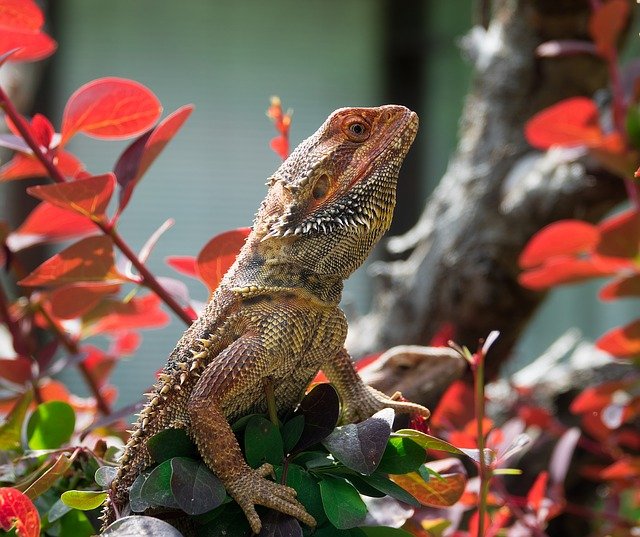
- Basil
- Elephant feed shrubs
- Kale
- Rosemary
- Aloe
- Echeveria
- Parsley
- Haworthia Plants
Live Plants For A Veiled Chameleon Enclosure
Chameleons are natural climbers that need lots of leaves to hide behind. Because of this, I would recommend setting up their enclosure with one large climbable plant, and then accenting around this plant with other smaller plants. Adding in some vines and large sticks can be beneficial as well. Here are a few live plants that would be a perfect match for your chameleon’s needs.
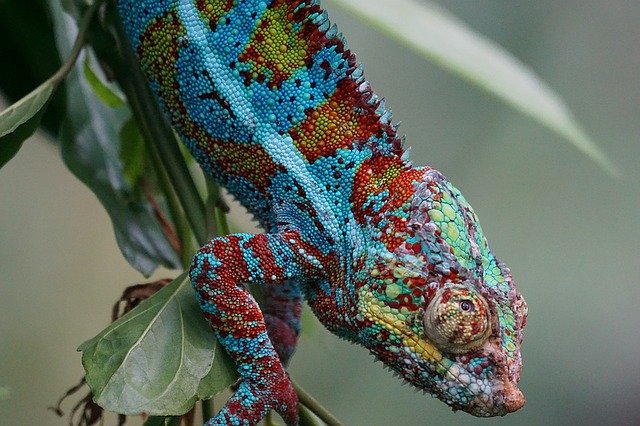
- Umbrella plant
- Money tree
- Pothos
- Wandering jew
- Lipstick plant
Live Plant For A Corn Snake Enclosure
Corn snakes are somewhat lightweight snakes that really enjoy climbing. Because they spend so much time climbing I would recommend adding plants that they can climb on. Corn snakes require average humidity and temperatures, so most plants can be sustained in their tanks fine. Here are a few plants that are safe for your corn snake.
- Snake plant
- Pothos
- Wandering jew
- Dracaena
- Umbrella plant

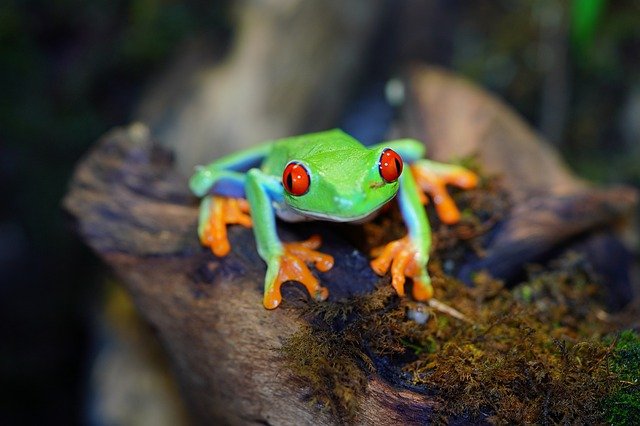



Sending...